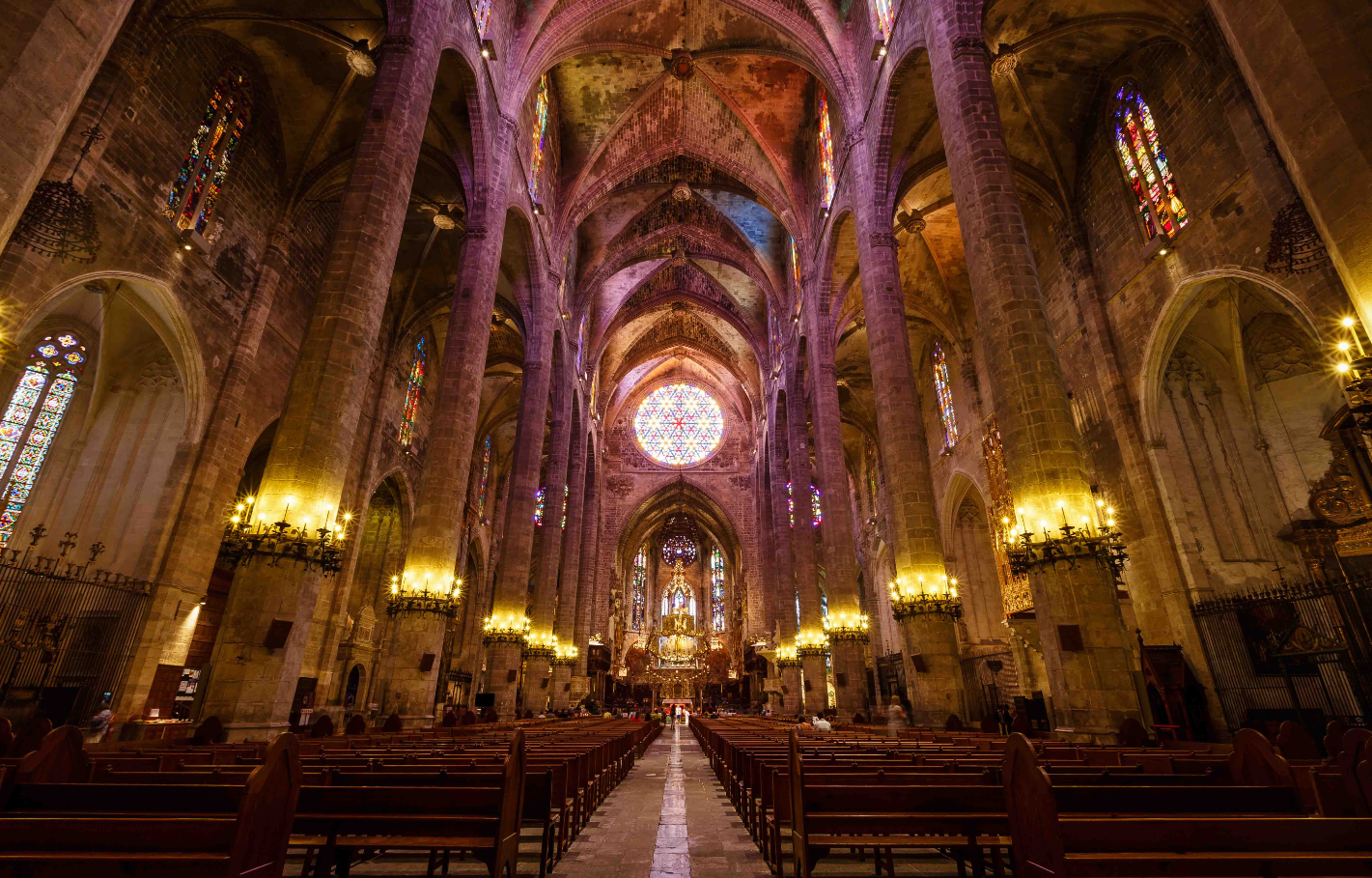The Artisans of Space
From around 1083 AD up until around 1174 AD, many Norman Cathedrals were constructed throughout Europe. If you have ever been in one of these buildings, you will surely have been awe inspired by their magnificence and the complexity of their geometrical design. Over eighty were built in total and they involved the skills of many artisans from different professions.
This included stone masons, glass makers, geometricians, Biblical interpreters, astronomers, artists, carpenters, sculptors to name a few. These were people that had trained for years, and in some cases decades, to become some of the best in the world at what they did. They would often train under an apprenticeship, learning from the previous generation the skills of old through a set of guild training schemes, where knowledge was transferred from those that came before.
Today, throughout the world many nations have an economy that is largely based on a service culture, and this is a dominant part of their gross domestic product. An implication of this is that those same nations are building less things, which also implies a loss of skills over time in certain practical areas. This is of grave concern.
Human beings are distinguished from the rest of the animal kingdom by our amazing brains. Yet also, we have an ability to use our hands in the manipulation of matter as directed by our brains for the construction of tools. This gives us an enormous range of problem-solving capabilities which we can bring to a diverse set of problems.
It is therefore important that we continue to maintain our mental intellect, but also our practical means to apply our ideas to the real world. For a colony of humans in deep space, months or years away from the rest of human civilization, if any issues arise that require a practical solution, small or large, they will be on their own. This will no doubt create a hierarchy of merit based on who can solve the problems and who cannot.
In the future, humanity will surely expand out into space. This includes throughout lunar orbit, but also the settling of the Moon, Mars and beyond. Such an adventure will require the resources of many talented people with unique skills that can construct the vast machines of space and its myriad worlds of the imagination. In the modern world this means electrical engineering, materials science, chemistry, agriculture, but also just an ability to know how to use basic tools like a screwdriver. Even on the International Space Station, such a requirement was evident, and on occasions astronauts found themselves conducting a spacewalk and using some sort of hand tool in the application of their work.
One of the potential areas that is exciting is in the construction of architectures. What buildings will be put up on the different celestial objects? Will we see a space elevator on Earth? An electromagnetic mass driver on the Moon? Huge habitable domes on Mars? Floating Aerostat bases on Venus? There is much work cut out for the architectures and engineers of the future as we attempt to build the Cathedrals of space.
Even in space, cherish those who can build!

